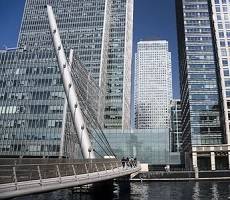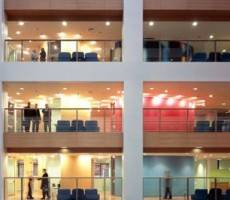April 10, 2015
Central London occupiers prepared to pay more for upper floors and terrace 0
 There is a growing trend for London occupiers prepared to pay more for upper floors, particularly with access to a terrace, as according to the latest research by Cushman & Wakefield (C&W), unprecedented rental rates are being paid for tower floors and roof gardens. Central London office leasing activity overall, was 2.4 million sq ft for the first quarter of 2015, which equals the same period in 2014, which marked the highest first quarter volumes since 2007. Momentum in the City of London office market has also continued, with a total of 1.8 million sq ft let, up 34 percent for the same time last year. The West End recorded a relatively quiet quarter, with leasing volumes down to just over 600,000 sq ft – the lowest level since mid-2013. However, this is against a backdrop of falling vacancy rates, leading to the increasing migration of commercial occupiers out of the West End.
There is a growing trend for London occupiers prepared to pay more for upper floors, particularly with access to a terrace, as according to the latest research by Cushman & Wakefield (C&W), unprecedented rental rates are being paid for tower floors and roof gardens. Central London office leasing activity overall, was 2.4 million sq ft for the first quarter of 2015, which equals the same period in 2014, which marked the highest first quarter volumes since 2007. Momentum in the City of London office market has also continued, with a total of 1.8 million sq ft let, up 34 percent for the same time last year. The West End recorded a relatively quiet quarter, with leasing volumes down to just over 600,000 sq ft – the lowest level since mid-2013. However, this is against a backdrop of falling vacancy rates, leading to the increasing migration of commercial occupiers out of the West End.























April 9, 2015
Why Facebook and other tech giants still apply mainstream office design ideas 0
by Charles Marks • Comment, Facilities management, Workplace design
(more…)